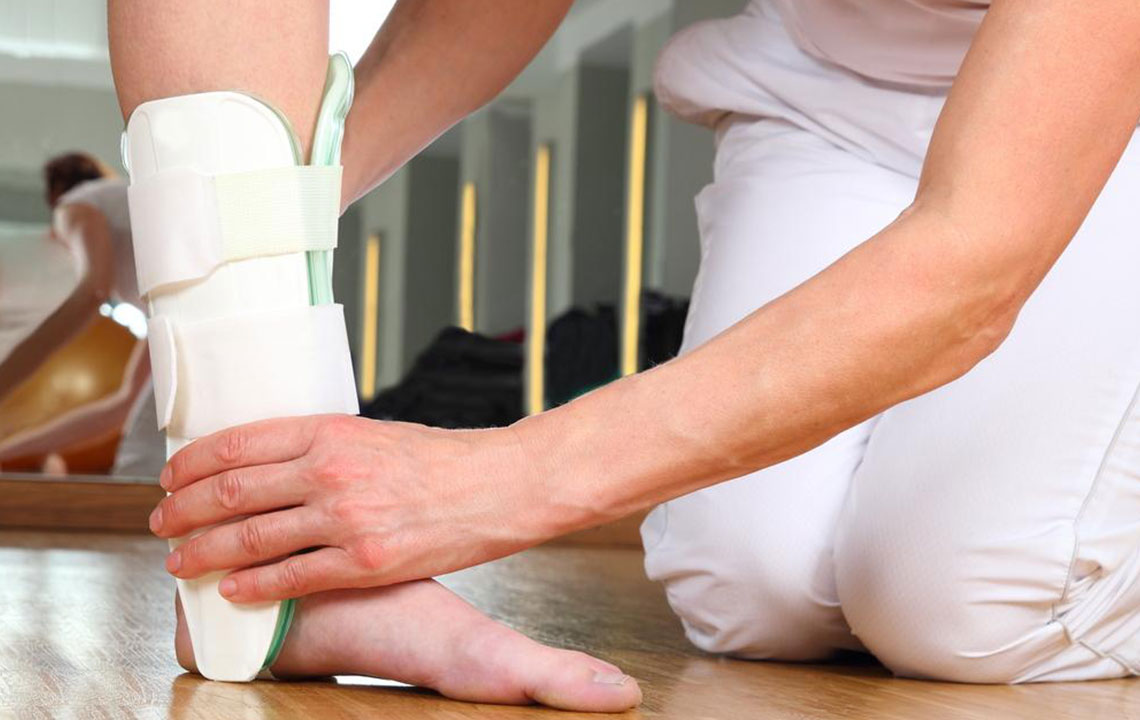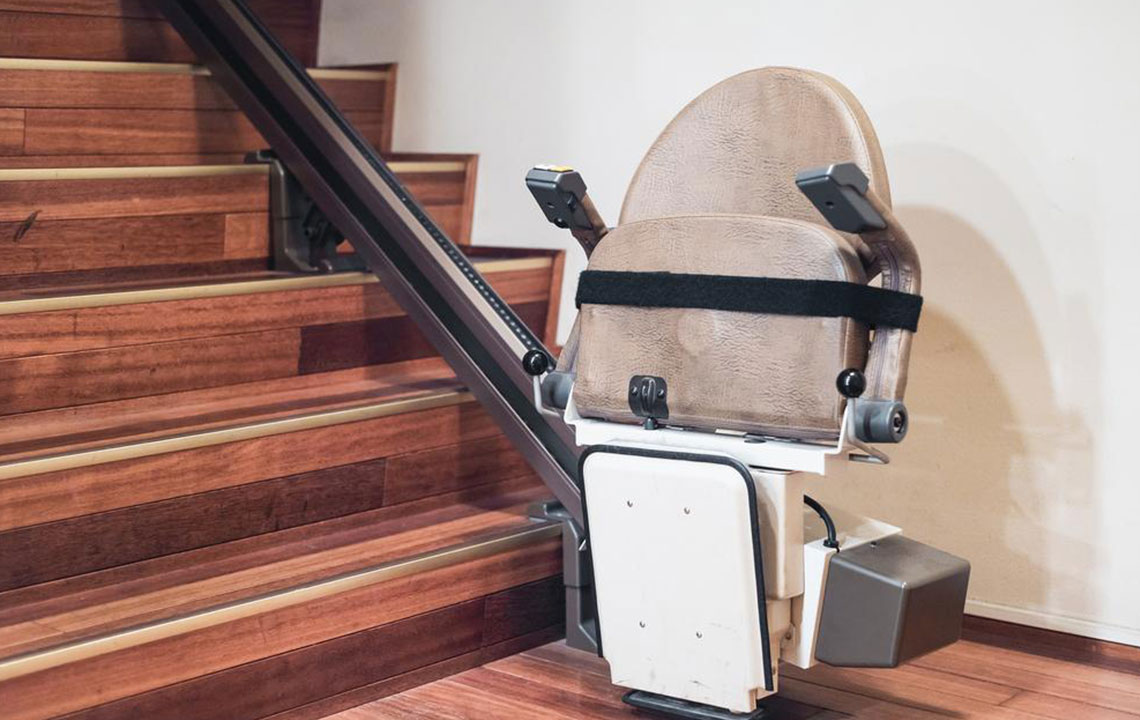Choosing the Right Foot Drop Support Devices for Better Mobility
This article provides an overview of selecting suitable orthotic devices for foot drop, explaining various types and their benefits. It emphasizes personalized fitting with healthcare guidance to improve mobility, stability, and comfort. Key causes are highlighted, along with treatment options tailored to individual needs, ensuring effective management of this condition.

Choosing the Most Effective Foot Drop Support Devices
Foot drop is a neurological or muscular disorder where lifting the front part of the foot becomes difficult. This condition hampers ankle functions such as dorsiflexion and plantarflexion, crucial for normal walking patterns. Consequently, individuals might drag their toes or lift their knees higher, resulting in an abnormal gait. Lower leg muscle weakness contributes to this issue, leading to compensatory movements like hip swings, which can be uncomfortable. Foot drop may occur on one or both sides and often indicates an underlying condition, often managed with specialized orthotic devices.
Major causes include multiple sclerosis, stroke, cerebral palsy, polio, nerve injuries, spinal muscular atrophy, muscular dystrophy, Lou Gehrig's disease, spinal stenosis, Charcot-Marie-Tooth disease, or myositis. Proper treatment involves orthoses tailored to the individual's needs.
Choosing the correct orthotic device depends on the root cause of foot drop, severity, and personal factors. Options include custom or prefabricated braces designed to support the foot and enable natural walking. Consulting healthcare professionals ensures optimal choice.
Types of Foot Drop Supports:
Fixed-Hinge Ankle Support: Lightweight and stabilizing, this brace holds the foot at a 90-degree angle, preventing inward rotation. Ideal for conditions like stroke or Charcot-Marie-Tooth disease but may limit ankle mobility and fit all sizes.
Dorsiflexion-Assist Orthosis: Features a spring-loaded hinge to help lift the toes, promoting a more natural gait. Suitable for most users except very tall or heavy individuals (over 6 feet or 225 lbs).
Plantarflexion-Limiting AFO: Limits downward foot movement while allowing normal upward motion, often used in severe cases but may be bulkier for some users.
Full Coverage Ankle-Foot Orthoses: Completely restrict ankle movement, offering maximum support for patients with muscle weakness or joint instability, effectively controlling foot positioning during walking.
Spring-Assist Orthoses: Constructed from lightweight carbon graphite, these braces help promote dorsiflexion with built-in springs, ensuring a more natural walking pattern.
High-quality orthoses significantly enhance mobility and comfort. Since needs vary, medical guidance, trial, and adjustment are essential to find the best fit. Complementary accessories like arch supports, supportive socks, and sturdy footwear improve brace performance and protect the skin while ensuring stability.


